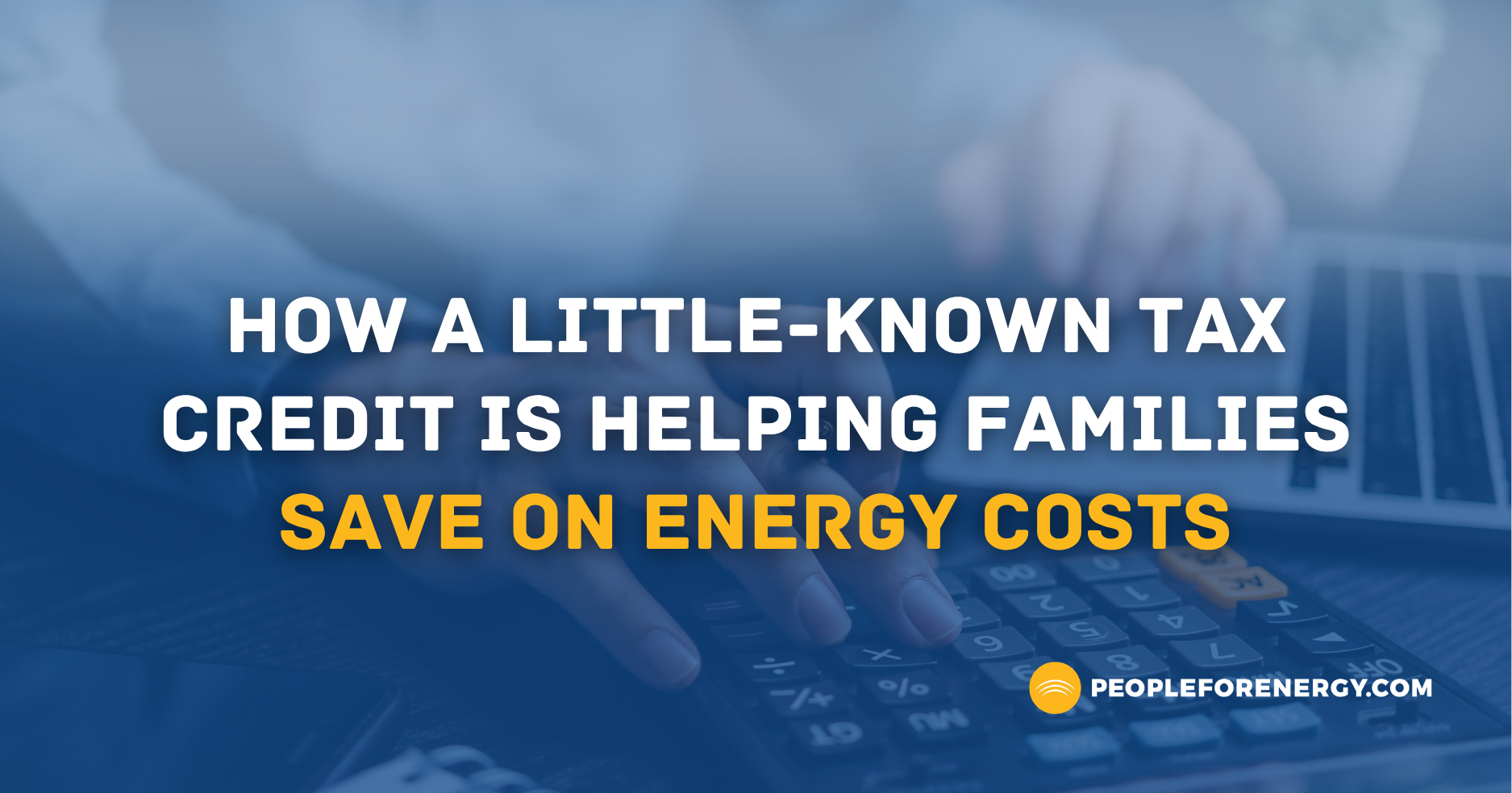While energy prices rise and debates swirl over how to reach America’s clean energy goals, there’s one practical policy doing real work behind the scenes: The Section 45 family of energy tax credits.
These tax credits don’t often grab headlines, but they’ve been helping companies build cleaner energy projects without driving up costs for families. Now modernized under the Inflation Reduction Act, these tools are delivering a critical boost to affordable and reliable energy.
For families, workers, and small businesses trying to manage tight budgets and avoid power outages, this kind of policy matters.
What Is Section 45?
The Section 45 suite of credits provides financial incentives for producing, generating, and manufacturing clean energy and fuels. These include:
- Wind
- Biomass
- Geothermal
- Certain types of hydropower
- Nuclear energy (45U)
- Carbon capture and storage (45Q)
- Clean hydrogen (45V)
- Domestic manufacturing of energy technologies (45X)
- Clean fuels and advanced energy projects (45Z, 45C)
It was designed to help these technologies scale up, especially during the early stages when financial risk is greatest. By reducing those barriers, these credits help bring more affordable, cleaner energy online, supporting both grid stability and long-term price relief for consumers.
What’s New—and Why It Matters Now
The Inflation Reduction Act didn’t just renew these tax credits—it improved and expanded them:
- Extended availability allows more long-term energy planning and investment.
- Bonus credits are now available for projects that meet local labor standards or are built in underserved communities.
- Simplified eligibility helps bring a wider variety of practical clean energy technologies into the fold.
These changes don’t just help energy companies—they help families and small businesses by keeping costs under control and strengthening reliability.
For more, see CEA’s Congressional Energy Priorities for practical policy ideas that work for consumers and communities.
Affordable Energy Starts With Smart Policy
When electricity is more expensive to generate, prices go up for everyone. Section 45 helps keep those costs down by encouraging investment in lower-cost clean energy projects.
That’s especially important now, as families face higher utility bills and inflation continues to affect household budgets. Supporting new energy development with tools like Section 45 reduces risk and improves price stability, meaning fewer spikes in your bill when demand is high or supply is stretched thin.
Keeping the Lights On in Every Season
Affordability is only half the story. Energy also has to be reliable.
Clean power sources, such as wind and geothermal, help diversify our grid, and when paired with reliable sources like natural gas and nuclear, they create a balanced system that performs well in all conditions. Section 45 plays a crucial role in helping these sources integrate more smoothly, providing cleaner power without compromising stability.
By making smart, grid-ready clean energy easier to build, this credit helps reduce the risk of blackouts during heat waves, storms, and cold snaps.
A Win for Workers and Communities
The modernized tax credit also supports:
- Skilled local jobs in construction, manufacturing, and maintenance
- New projects in economically distressed areas
- Stronger infrastructure in rural and underserved communities
That means Section 45 doesn’t just power homes and businesses—it supports people and places often left behind by other policies.
The Bottom Line: Practical Progress
Families want energy that’s affordable, reliable, and cleaner. They don’t want policies that raise costs, reduce choices, or weaken the grid.
That’s what makes the Section 45 Tax Credit so important. It’s not about mandates or forced transitions—it’s about practical solutions that deliver results.
By reducing financial risk, encouraging investment, and supporting local jobs, this credit strengthens our energy future while protecting the people who pay the bills.

